Control Chief Corporation, based in Bradford, Pa., has provided industrial wireless control systems for locomotive and material handling applications for nearly 40 years. The use of radio remote control offers ergonomic, economic, and safety advantages for these applications, in particular, it helps operators position themselves in the most efficient and safest location.
For the past several years, Control Chief’s Communicator® and Safety Watchdog® modules transmitted command and control data from the company’s portable wireless controllers directly into a PLC. But the vendor of the PLC “discontinued the line, so our future product development strategy needed to be reconsidered,” said David Persichini, product manager, Control Chief.
In addition to the cost and support concerns, the engineering team sought to enhance the technological capabilities of the wireless control system with a major upgrade. In late 2008, conceptual work began on the replacement for the Communicator and Safety Watchdog modules. The result is the TRIAD™ system that combines wireless communication, fieldbus networks, and safety into one configurable module.
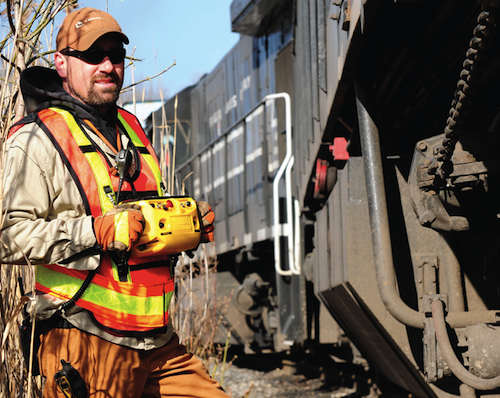
Radio remote control incorporating the new TRIAD™ system from Control Chief permits the operators to position themselves in the most efficient and safest location, optimizing efficiency of operations.
The wireless communication links to the full range of Control Chief wireless controllers. The fieldbus links to a variety of control platforms including embedded PC technology, and the safety segment monitors all components to ensure system integrity. A key to this flexibility is the capability of TRIAD to communicate over a number of fieldbuses, including EtherCAT® and DeviceNet, facilitating connection to nearly any control platform currently available.
In April 2010 Control Chief deployed its first locomotive remote control system using the TRIAD module. This application is at a coal mine where the mining company transports coal 17 miles from a mining area to barges that ship the coal out. “The entire system, including the safety, wireless, and communication functions is controlled by a Beckhoff CX1010 Embedded PC with TwinCAT® PLC software and EtherCAT® I/O,” said Jake Bryner, engineering manager, Control Chief. The system also uses the Beckhoff CP6907 Control Panel with 5.7 in. screen and DVI/USB extended interface for the HMI hardware.
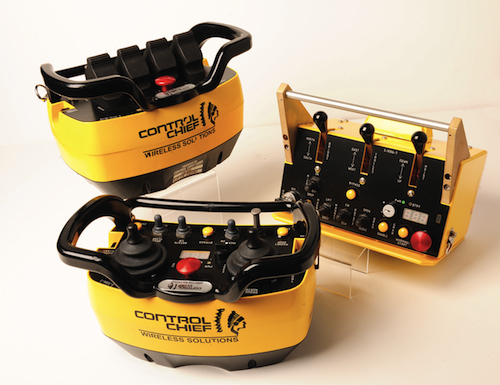
Wireless communication links to the full range of Control Chief wireless controllers, the fieldbus provides a link to a variety of control platforms and the safety segment monitors all components to ensure system integrity.
Basic system operation starts with a wireless link that transfers data from TRIAD to the portable Operator Control Unit (OCU). TRIAD passes validated commands to the CX1010 and relays status data back to the OCU. The program running on the CX1010 processes the control commands from the OCU along with data from the locomotive to safely move the locomotive and handle the coal. The processed data from the CX1010 is communicated through EtherCAT to the various EtherCAT terminals throughout the system.
The EtherCAT I/O is connected to an electrical and pneumatic interface package on the coal-transporting locomotive. “An impressive inclusion on the CX1010 is an audio interface,” Bryner said. “It lets us introduce new features such as actual voice warnings and alarm conditions that can be broadcast to people in the vicinity of a TRIAD-equipped locomotive.”
The EtherCAT protocol is installed directly into the TRIAD wireless controller through an HMS Anybus module. “This allows us to quickly convert between fieldbuses – TRIAD also allows the use of different radios, providing the flexibility to use it in a range of industries and applications,” Bryner explained. To help establish this connectivity, Bryner uses the EL6001 RS232 serial interface terminal and the DeviceNet EL6752 master terminal from Beckhoff to connect to legacy DeviceNet networks.
Noted Bryner, “The TRIAD’s ability to become part of the EtherCAT network enables data to easily pass to and from the CX1010, eliminating the need to run a ‘fieldbus on top of a fieldbus’ such as when DeviceNet or PROFIBUS was used in the past. While connecting the TRIAD to the EtherCAT network provides the most efficient integration with the CX Embedded PCs, TRIAD users can select from many fieldbuses and can incorporate them into their modular devices instead of being locked into one as was the case with the old PLC system.”
On the software side, Control Chief is taking advantage of the flexibility within the IEC 61131 compliant TwinCAT programming environment. “The ability to switch between different programming languages like Structured Text (ST) and Ladder Diagram (LD) within the same program is quite helpful,” Bryner said.
The integrated HMI development suite proved to be another added benefit. In the past, each aspect of the wireless controller’s functions from I/O control to HMI and some of the external communications were developed in different packages and had to be tied back together with drivers. The ability to embed all of this together into one programming platform saves time.
All of the major technological advance-ments Control Chief implemented were rolled out quickly. “It took only about 6 months to go from project kickoff for the coal handling application to an operational system with fully-developed software,” Persichini recounted. “In addition to rapid time to market, we’ve already seen an improvement in reliability from the wireless control systems in the field.”
The Beckhoff control architecture is slated to become the foundation of the majority of the Control Chief wireless systems and the added flexibility, improved connectivity and rapid time to market didn’t come at an increased cost up front. Bryner expects to achieve an average cost reduction of approximately 30% for the new PC- and EtherCAT-enabled TRIAD wireless controllers. TwinCAT also has integrated visualization tools; an additional development package is not required.
Control Chief
www.controlchief.com
Beckhoff Automation
www.Beckhoffautomation.com
Filed Under: CONNECTIVITY • fieldbuses • networks, Wireless • 5G and more, Wireless devices

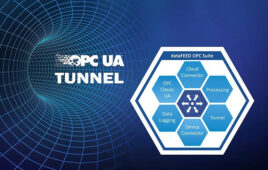
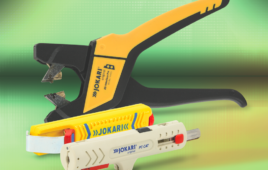
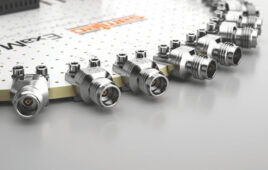
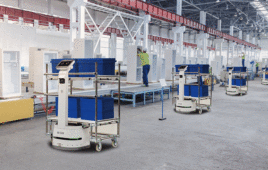
Tell Us What You Think!